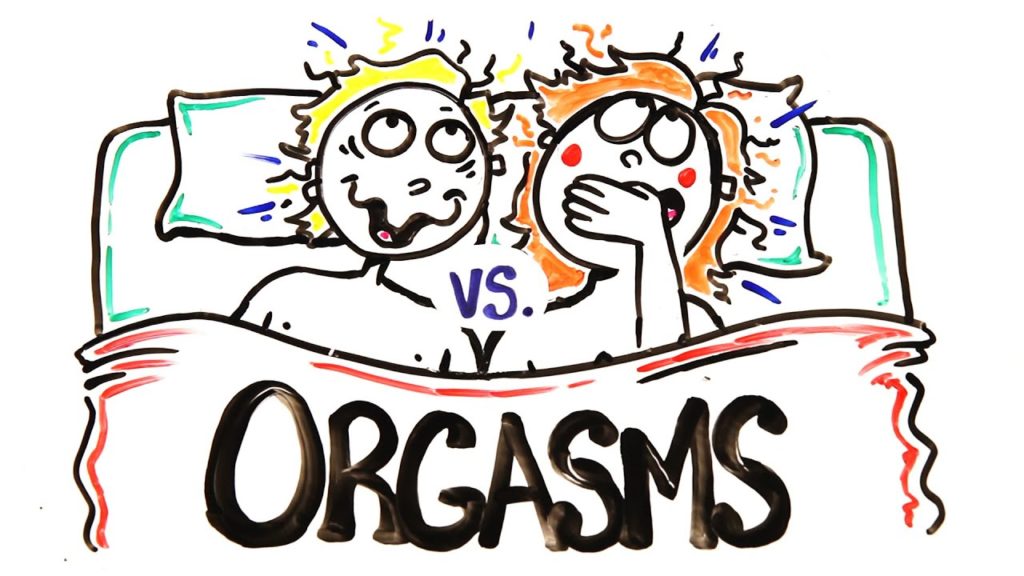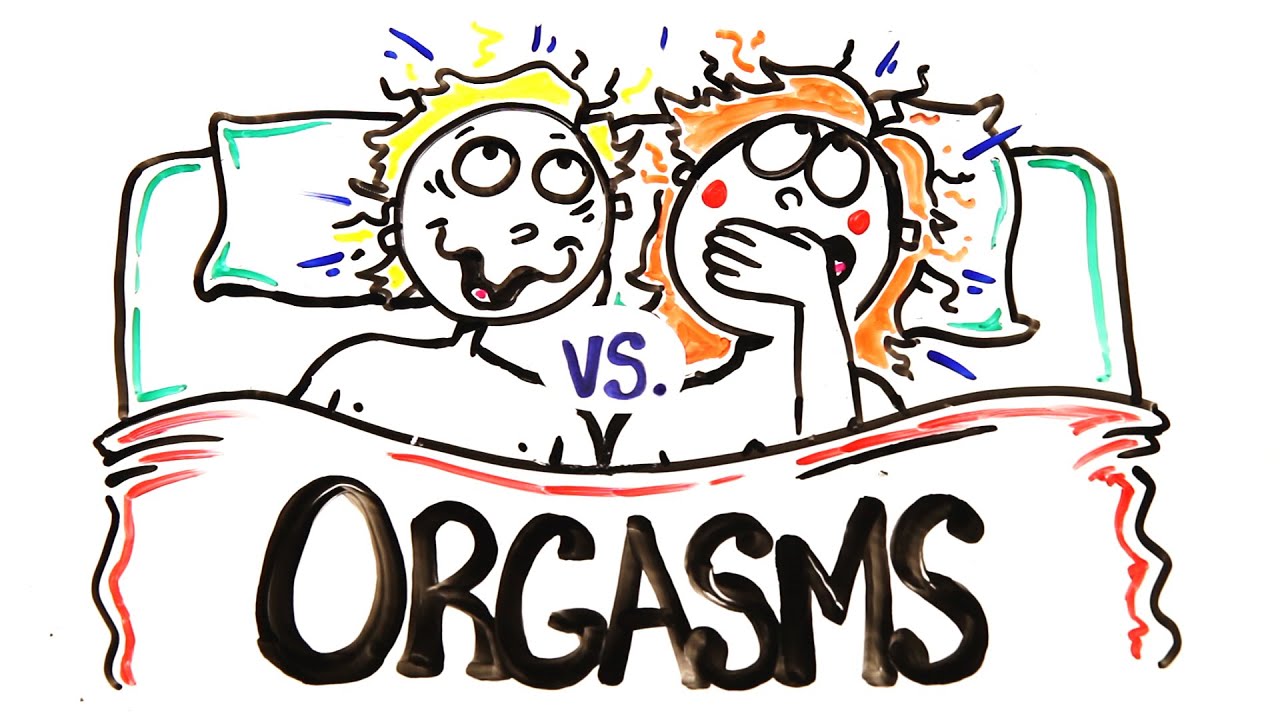One word that’s often used to describe women’s orgasms is “elusive.” Sometimes, they’re easy to achieve, sometimes not. They can be fueled by both physical stimulation and emotional bonding. They might not happen all the time. They might not happen at all. Or, they might happen multiple times in one encounter.
Indeed, women’s orgasms can be mystifying. But that doesn’t stop researchers from learning more about them, even to the point of asking volunteers to pleasure themselves in an MRI machine for scientific study.
Last year, a team of researchers from Finland analyzed the results of five sex surveys conducted between 1971 and 2015. Focusing on orgasms, the team looked at women’s history with orgasm and what mattered most to them and their partners. Overall, the project involved over 10,000 men and women. The results were published in the journal Socioaffective Neuroscience and Psychology.
In this post, we’ll take a closer look at what the researchers discovered, Note: Not all of the surveys asked the same questions. In some cases, results pertain to just one survey.
First Orgasms
Most women had their first orgasms through masturbation; for some, it occurred before age 13. However, first orgasms during intercourse tended to happen at a later age. The women’s average age of first intercourse was 17. Only a quarter had their first intercourse orgasm in their first year of partnered sexual activity. (In contrast, three-quarters of the men did experience orgasm during that first year.)
Importance of Orgasms
About 60% of the women said that having an orgasm was “rather important” while less than 20% felt orgasms were “very important.” About 10% didn’t think orgasms were important at all.
Among women who rated orgasms as very important, about 30% had multiple orgasms the last time they had sex.
For women who didn’t consider orgasms to be important, only 13% climaxed during their last intercourse. One study noted that women in this category may place less value on orgasms as a “sensible coping strategy.” In other words, if women don’t value orgasms, they won’t be disappointed about not having them.
Almost all the women thought that helping their partner reach orgasm was important.
Pathways to Orgasm
Forty-eight percent of women said they climaxed more easily while masturbating compared to intercourse. For 14%, the reverse was true, and for 17%, both methods were equally effective.
Was stimulation of the vagina or clitoris more effective? Over half the women said they usually reached orgasm through stimulation of both areas. Thirty-four percent preferred the clitoris, and 6% climaxed mainly through vaginal stimulation.
For many women, a longer duration of intercourse made them more likely to reach orgasm. For example, those who had intercourse for fifteen minutes were more likely to climax than those who had sex for a shorter time period. However, more time was not always better. Intercourse lasting 20 minutes was not more likely to bring about climax.
Sexual positions could also contribute to orgasm. Some women attained orgasm more easily if they were in an active role, such as with the woman-on-top position. In this way, they had better control over the encounter. Women who took on more passive roles, such as with the man-on-top position, were less likely to climax.
What’s Next?
Throughout this research, there is one common thread: orgasms can be as individual as women themselves. And what works for one woman doesn’t necessarily work for another.




